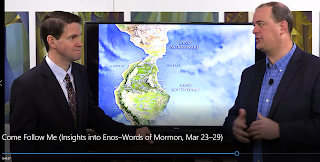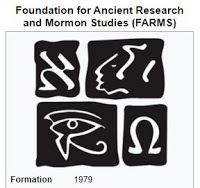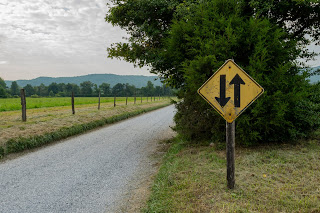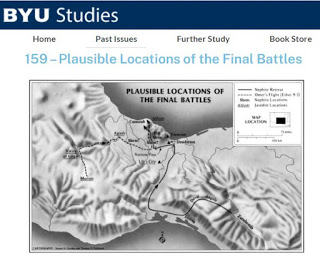April Liahona online extras and apologetics
The April Liahona has several articles exclusive to the online edition. Here’s a link to one of them:
These are important articles that address the widespread (and growing) problem of faithful Latter-day Saints whose friends and family members leave the Church.
As these articles point out, people join and leave the Church for a variety of individual reasons and under varying circumstances. We’ve discussed this before, such as here.
Some people who leave cite doctrinal issues raised by the Gospel Topics Essays, or Church history topics such as those set out in Rough Stone Rolling, as factors in their decision. Others refer to CES Letter, MormonStories, or other similar websites.
We’ve known for a long time that the Book of Mormon is the keystone of our religion. Few people leave the Church with an intact testimony that the Book of Mormon is true. Meanwhile, surveys show that only about one-half of millennials in the Church today still believe the Book of Mormon is an authentic history.
Youth and new converts are being taught the Book of Mormon by reference to a hypothetical geographic setting that teaches Cumorah is not in New York as had been consistently taught by prophets and apostles since the early days of the Church.
Nearly a century ago, Joseph Fielding Smith warned that the idea that Cumorah is not in New York (M2C, the Mesoamerican/two-Cumorahs theory) would cause members to become confused and disturbed in their faith. How could it be otherwise?
When he wrote the CES Letter, Jeremy Runnels hoped for a different perspective. Instead, LDS apologists stuck to M2C, SITH, and related theories.
After many requests for a different response, I’ve started two blogs on the topics.
For the CES Letter, see https://cesanswers.blogspot.com/
For MormonStories, see https://mormonstoriesreviewed.blogspot.com/
These are works in progress that I’ll update as time allows.
_____
It’s interesting that these articles don’t appear on the international online pages. For example, here’s a comparison of the Liahona in English and French.
The red arrows show the articles in the English Liahona that correspond to the articles in the French Liahona. The area circled in blue are in English only.
(click to enlarge)
Maybe it was the difficulty of translating so much content that led to these articles being omitted from the foreign-language editions of the Liahona, but the same issues that disturb the faith of English-speaking Latter-day Saints disturb the faith of those who speak other languages.
Source: Book of Mormon Concensus






